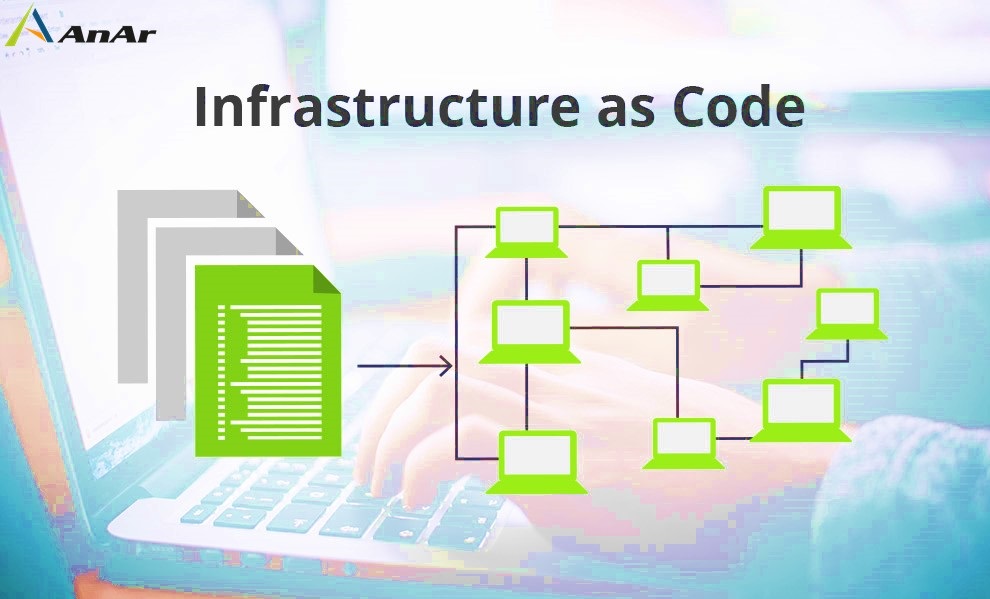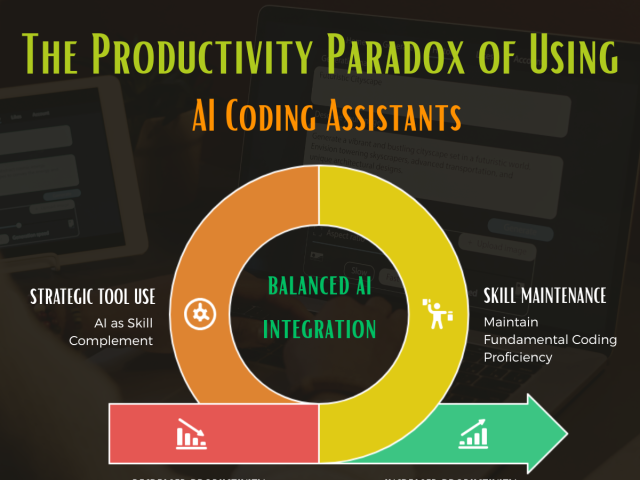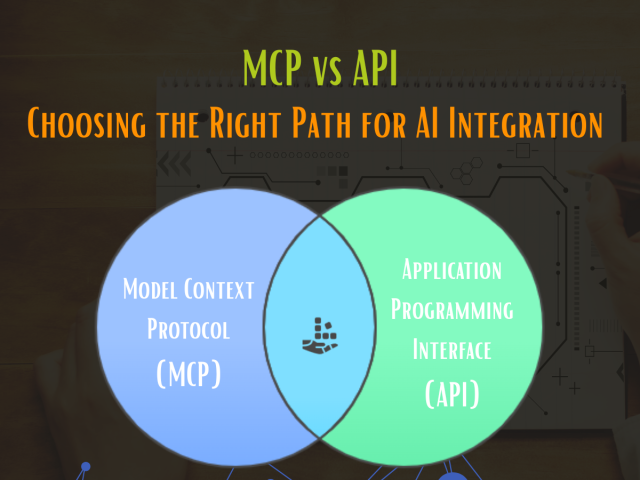Introducing “Understanding IaC vs GitOps: Bridging Automation and Operations”
In the realm of modern software development, the seamless integration of infrastructure and operations has become pivotal to delivering exceptional user experiences through automation. The marriage of code and operational practices has given rise to two distinct yet interconnected paradigms: Infrastructure as Code (IaC) and GitOps. These methodologies are revolutionizing the way companies approach managing the fundamental building blocks of their software applications.
Infrastructure as Code, or IaC, stands as a cornerstone in the evolution of software infrastructure management. By leveraging machine-readable configuration files, IaC automates the orchestration of servers, storage, and infrastructure components, alleviating the burden of routine manual tasks in the software development lifecycle. This automation enforces proper change management across systems, resulting in faster, higher-quality application delivery to meet the ever-changing demands of the market.
In contrast, GitOps emerges as an innovative paradigm merging the power of Git and Kubernetes to streamline application deployment. It builds upon the principles of IaC and integrates version control, merge requests, and continuous integration/continuous delivery (CI/CD) into a unified framework. GitOps enables not only developers to focus on their creative work but also empowers operations teams to maintain software quality through automated, auditable, and reproducible deployment processes.
As we delve deeper into the intricacies of these methodologies, we’ll explore their shared attributes and unique differentiators. We’ll uncover how they can be harnessed in tandem or individually to manage infrastructure effectively, automate Kubernetes configurations, maintain consistency, and enhance software stability and reliability.
How (Iac) Infrastructure as a code works?
Infrastructure as a code (IaC) manages an integral part of software development, the infrastructure. Companies aim to have systems that provide a better experience to users with help of automation. IAC manages the automated infrastructure via a setup of machine-readable files. It saves you from the recurring monotonous tasks of managing servers, storage, and infrastructure needed for the software development cycle. IAC ensures proper change management across all systems using programmable infrastructure that uses automated processes. Increasing demands of software and the change in customer expectations are changing the market. It is the motivational force for companies to build high-speed and quality applications.
IAC provides a consistent production environment that helps to avoid deployment issues. Enough care is needed in load balancing, interlinking, and installing necessary packages to run the software. IAC provides accurate operational support needed to deploy the applications. It eliminates the manual dependencies of configurations and deployments. Version control, review of programming, and easy tracking of history are key benefits of IAC.
How GitOps works?
GitOps is an infrastructure and operational procedure based on code. The Git & Ops (operations) together became GitOps. It combines the use of Git and Kubernetes to deliver the applications. The source control is done by Git. It automatically deploys the infrastructure modifications. The default functionality is set which saves time. The application has a source code repository and directives required for deployment. It brings a lot of clarity about the applications, and its need for infrastructural services according to the configuration.
GitOps applies IAC (Infrastructure as a code), MR (Merge Requests), and CI/CD (Continuous Integration/ Continuous Delivery) as core practices. GitOps is known to overcome the challenges inflicted by IAC. Correct use of Git happens when you review code, automate tests, include pull/merge requests as a group effort. There is a record of what & when the changes were made. Git interface has the audit trail, if needed you can revert changes. GitOps lets the developers focus on their work and operations to concentrate on the quality of the software development cycle. Any build or deployment is immutable and reproducible as changes to configurations can be easily tracked.
Know about the commonalities of IAC & GitOps while you make decisions on IAC Vs GitOps:
- You can use them together IAC & GitOps and even manage infrastructure using either of them.
- Automate configuring of Kubernetes
- Brings consistency to all instances as input parameters and procedures followed are the same.
- Changes done through configuration have an audit trail due to the version control system.
- Developers and the Operations team both can make changes in infrastructure.
- The software developers have an environment similar to the production for them to take performance tests and other QA actions.
- The issues are identified and solved before it reaches production.
- IAC & GitOps bring stability, increases reliability and productivity.
cOMPARISON – IAC Vs GitOps:
| Sr. No. | IaC | GitOps |
| 1 | Introduced in the year 2006, traditional concept. It provides a way to manage the infrastructure. | Introduced in the year 2017, modern concept. It allows you to manage the whole platform. |
| 2 | All of the Continuous Configuration Automation (CCA) tools are considered extensions of traditional IAC frameworks. | GitOps is considered as an extension of IAC frameworks and declarative configuration. |
| 3 | It was born to deal with newly emerging tools in the technology industry. | It eliminates the flaws of Infrastructure as code. |
| 4 | It uses software best practices to design, implement and deploy applications infrastructure. | It uses IAC, MR & CI/CD to deploy applications infrastructure. |
| 5 | IAC has two approaches declarative (functional) vs. imperative (procedural). | GitOps has two approaches Push-based and Pull-based deployments. |
| 6 | Code is the single source of control/truth for everything. | Git repository is the single source of control/truth for everything. |
| 7 | Well-known tools for IAC are Chef, Puppet, Terraform, Ansible. | Well-known tools for GitOps are Git, Helm, Flux, Flagger. |
| 8 | The code has the last update made and pushed to the production environment. | The repository always represents the current state of the production environment. |
| 9 | An audit is simpler when dealing with IAC. | Audit in GitOps for large applications can be difficult to trace the repository that matches the component, and configuration file matching to the feature/function. |
| 10 | Automation reduces complications. | Multiple automation processes can increase complications. |
| 11 | Security concerns do prevail as everything happens at the code level. | Stronger security with cryptography is used to track & manage changes. |
When should you use Infrastructure as Code (IAC) or GitOps?
Choosing IAC Vs GitOps depends on the size of projects, team size, IT expertise, budget, and issues you want to tackle.
IAC does not need too many skilled engineers thus reducing manual administration. No physical setup of hardware is required, it has provisions of virtual servers or containers for developers. Achieve more with a limited number of developers on the team. If you are looking for standardization IAC offers you greater consistency and faster deployment of tested codes. Redeployment of the last healthy state helps to recover from any disaster.
GitOps enables you to deal with multiple applications and environments. Manage the infrastructure with declarative IAC tools. It is simpler as you do not need to write any code separately. You can even set multiple pipelines that update the repository of the environment. The automated GitOps workflow is deployed to different parts of your application. Only approved changes will be applied to the system. You can choose to have its own repository for each microservice. You can even have private repositories but tracking a large number of repositories can be difficult as it increases the workload of operations.
Ultimately, the teams have to take responsibility and participate if either of IAC Vs GitOps needs to succeed in your organization. The use of selective tools to the precise requirement can change the overall experience of developers. On its own, no technology can deliver results just by implementing it. Correct selection, implementation, and technological support is a must.
If you need help in deciding over IAC Vs GitOps, do not hesitate to contact us. Asking someone can turn out to be a wiser choice when dealing with doubt or complex projects.






